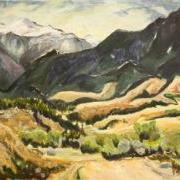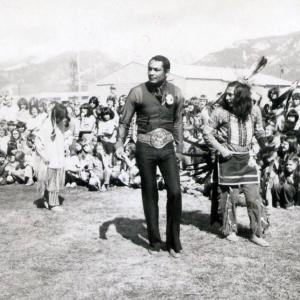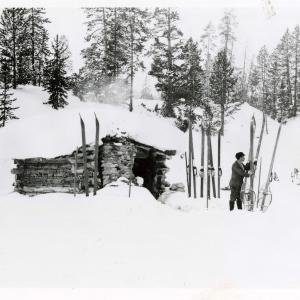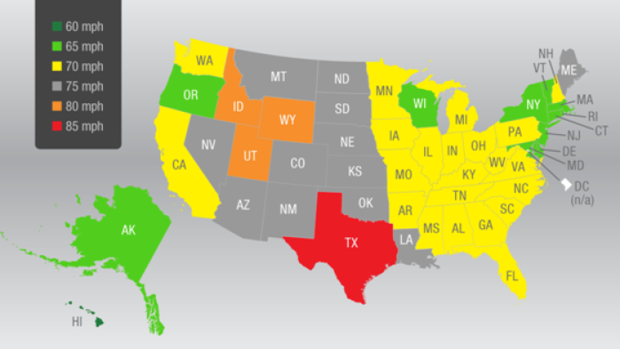 Bill Muhlenfeld is owner and publisher of Distinctly Montana magazine and other publications. He lives in Bozeman with his wife and co-owner, Anthea George, and always finds time to enjoy the great outdoors, when he is not writing about it....
Bill Muhlenfeld is owner and publisher of Distinctly Montana magazine and other publications. He lives in Bozeman with his wife and co-owner, Anthea George, and always finds time to enjoy the great outdoors, when he is not writing about it....
As we watch the evening news or tap away online nowadays, we can’t help but notice that weather has become one of the major news items on a fairly regular basis. Floods, tornados, hurricanes, heat, dust storms; and now winter snowstorms, icing and temperature drops--all reported as disasters, near-disasters, or first-degree nuisances. There is no question that climate change and unruly winter weather can complicate things; but it is a rare blizzard or 30 below day that causes consternation among Montanans. Mostly, we just wonder what all the darn fuss is about. It is winter...what’s the problem?
No question, our blasé attitude toward this season has a lot to do with the fact that winter pretty much runs from November through at least May, when spring finally wins the tussle and quickly gives way to summer (except for that occasional mid-June snowstorm). No one in Montana plants her garden before Memorial Day.
We celebrate winter here in almost too many ways to count. From snowshoeing to ski-joring (ask us), ice fishing to cross-country or downhill skiing, sleigh rides to hot spring soaks, fire pits to polar swims, snow-kiting to ice-climbing, we embrace winter as Montana’s iconic season, just as other states seem to abhor it.
If you’re reading this and you’re from Montana, we’re not telling you anything you don’t know; and if you are one of our very welcome visitors we invite you to our winter with a knowing smile.
Winter is Montana. Embrace it and enjoy it.
 Her eyes were piercing and her hands were weathered from standing in the freezing cold to paint or feed cattle.
Her eyes were piercing and her hands were weathered from standing in the freezing cold to paint or feed cattle.



 Four legislators are having separate bills drafted for the 2015 session to raise the daytime speed limit on Montana interstate highways from 75 mph to 80 mph, and in one case, 85 mph.
Four legislators are having separate bills drafted for the 2015 session to raise the daytime speed limit on Montana interstate highways from 75 mph to 80 mph, and in one case, 85 mph.